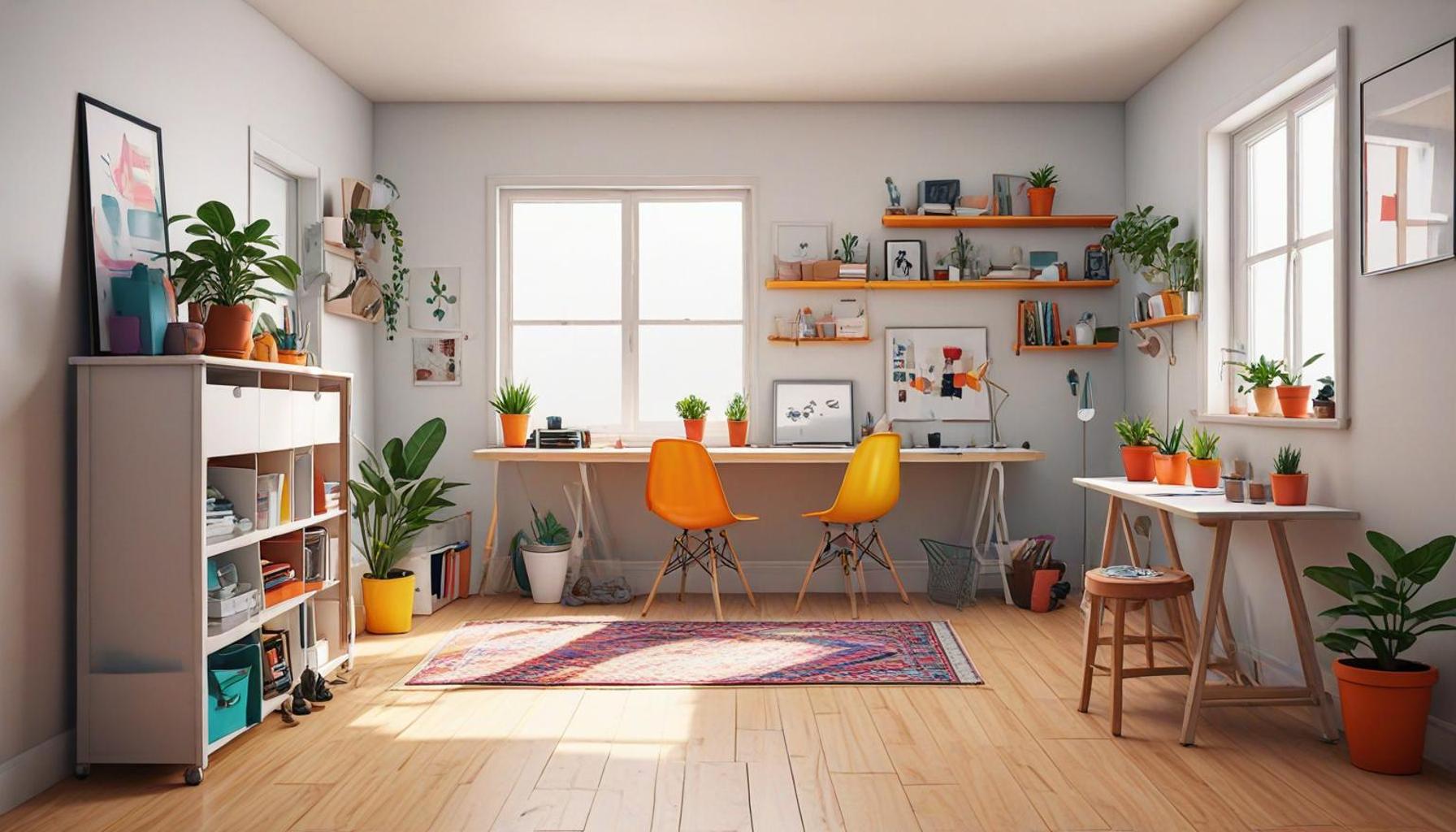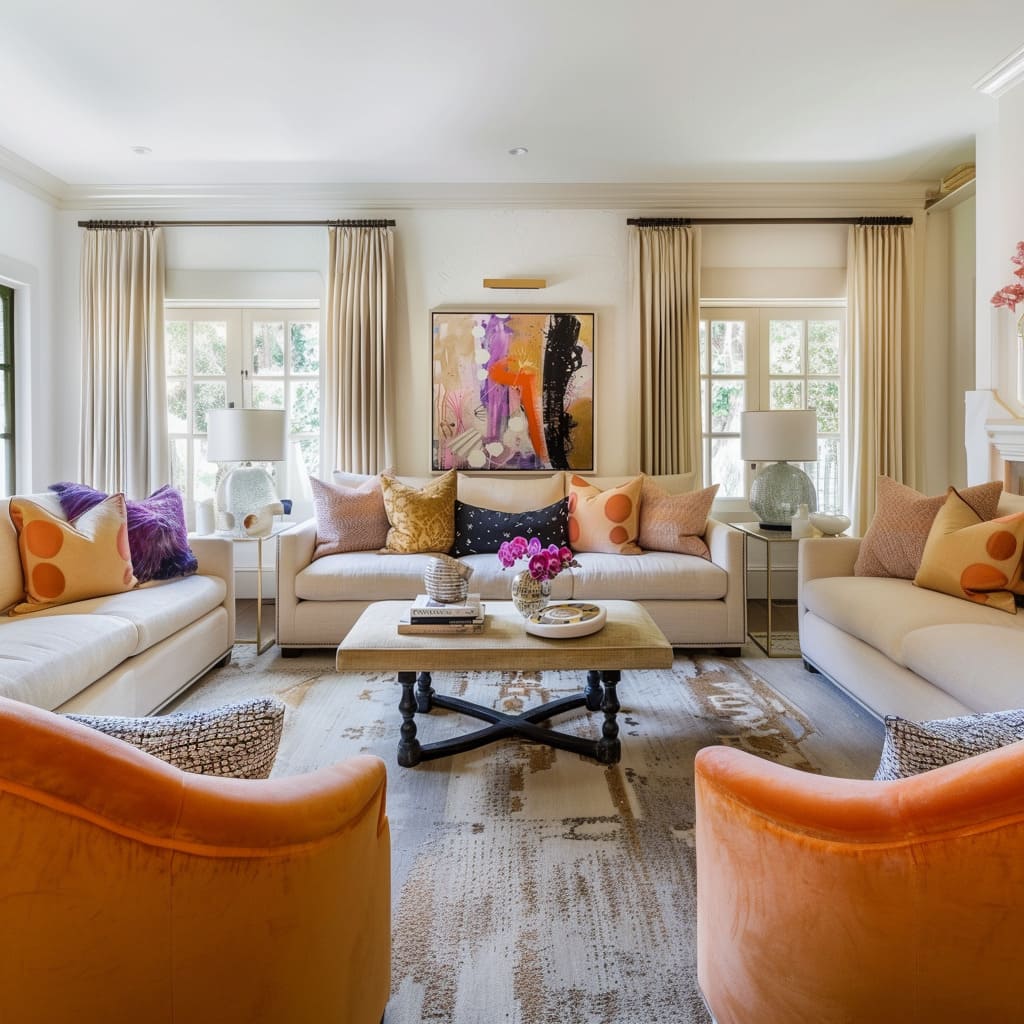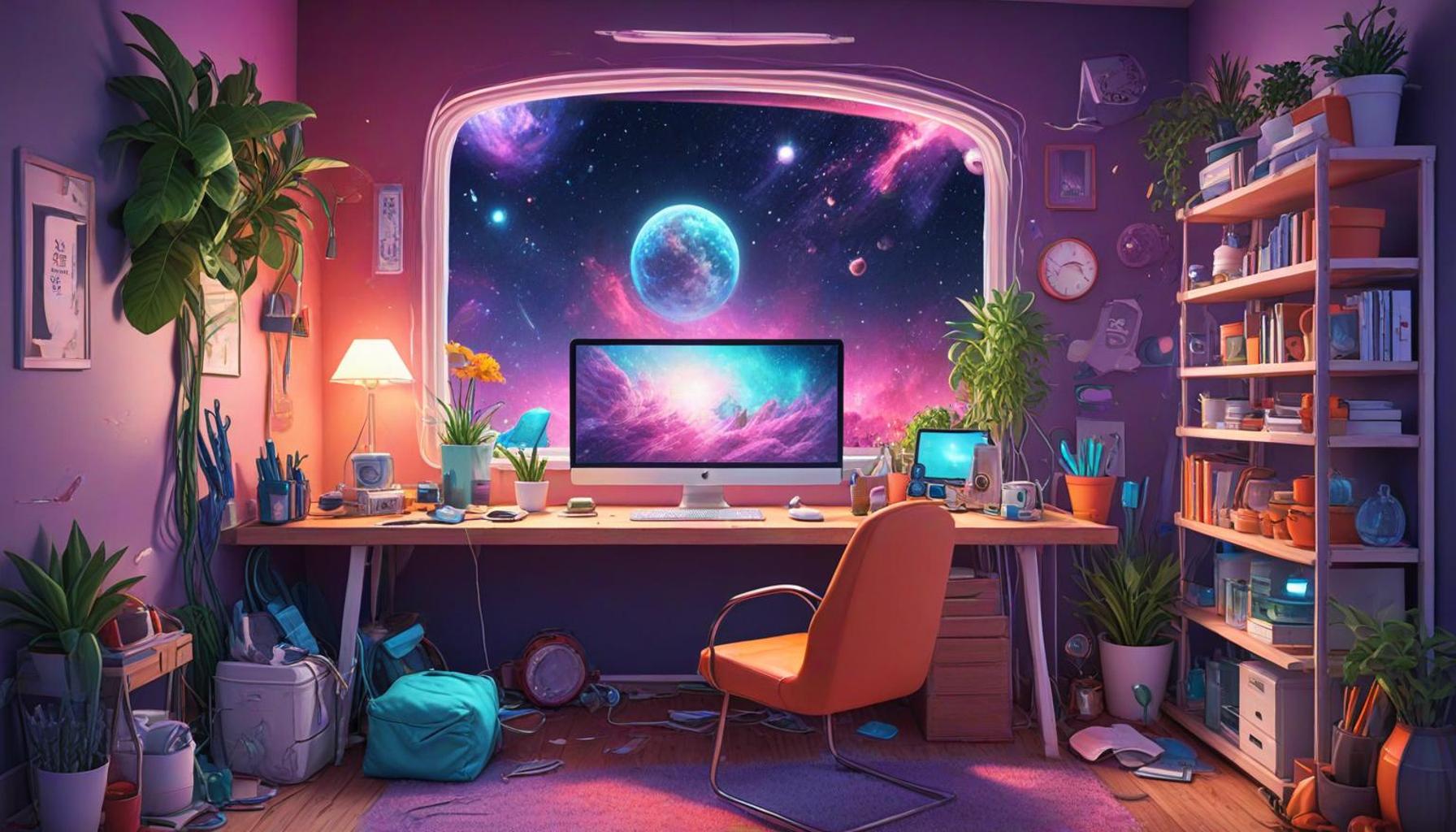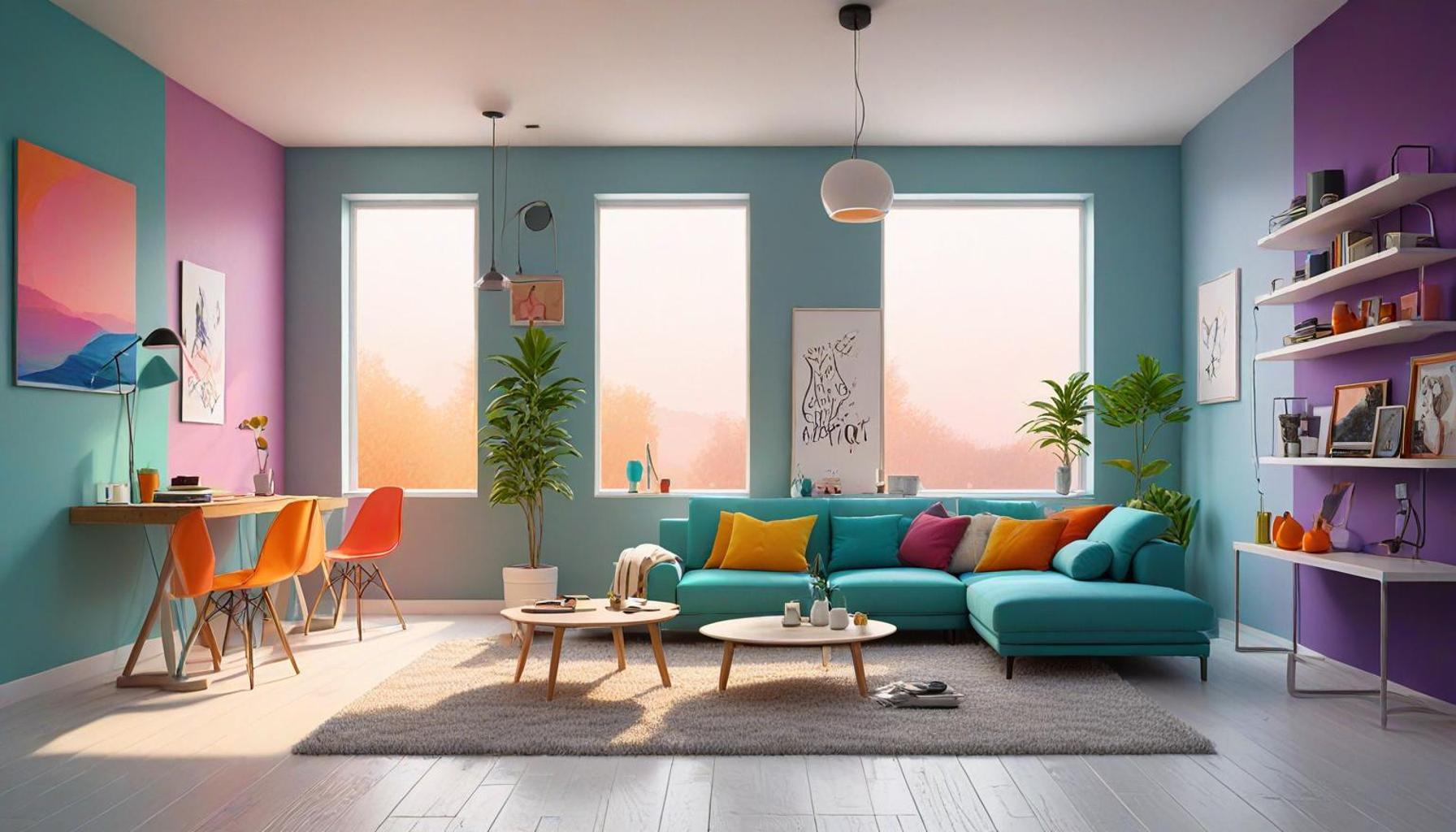Maximizing Small Spaces: Minimalist Organization Tips for Compact Environments

In today’s fast-paced world, many individuals find themselves living in compact environments. This shift towards urban living, characterized by smaller apartments and homes, invites unique challenges that can complicate daily life. However, embracing a minimalist mindset can transform these limitations into opportunities, allowing you to cultivate a space that is not just functional but also inviting and serene.
Understanding Minimalism
Minimalism transcends mere aesthetics; it represents a profound lifestyle philosophy aimed at reducing the superfluous to make room for the meaningful. By simplifying one’s surroundings, individuals can cultivate an atmosphere that enhances both mental clarity and physical comfort. The benefits of adopting a minimalist approach are multifaceted:
- Enhanced Focus: With fewer distractions, both personal and professional productivity can dramatically improve. Research indicates that living in a streamlined environment can lead to better concentration and higher levels of creativity, as the mind is not bogged down by excessive clutter.
- Improved Cleanliness: A minimalist home typically requires less cleaning and upkeep, which can significantly lighten one’s daily responsibilities. With fewer items to organize, homeowners can effortlessly maintain a tidy and pleasant living space.
- Cost Efficiency: Embracing minimalism often leads to a conscious consumer mindset. By prioritizing quality over quantity, individuals save money over time, while also contributing to eco-friendly practices by reducing waste.
Smart Organization Strategies
To truly leverage the potential of your small living space, understanding and implementing effective organization strategies is crucial. Here are some practical tips:
- Vertical Solutions: Maximize your space by incorporating wall-mounted shelves and hooks. These elements not only free up floor space but also create an opportunity for decorative displays, allowing you to personalize your space without overcrowding it.
- Multi-Functional Furniture: Invest in furniture that serves multiple purposes. For instance, a coffee table with built-in storage or a sofa bed can accommodate guests without requiring additional room. These versatile pieces are ideal for small areas, offering both functionality and style.
- Declutter Regularly: Make it a habit to periodically assess your belongings. Follow the “one in, one out” rule—when you purchase a new item, consider removing an old one to prevent accumulation. This strategy not only keeps your space tidy but also fosters intentional living.
As this exploration of compact living continues, we will dive deeper into actionable strategies and timeless minimalist principles, guiding you toward creating a harmonious and well-organized environment. Discover how small changes can lead to significant improvements in your living space, ultimately allowing you to thrive in your everyday life.
DISCOVER MORE: Click here to dive deeper

Transformative Techniques for Organizing Your Space
In today’s fast-paced world, the concept of minimalism has gained popularity, especially in compact living environments. However, minimalism extends beyond simply decluttering; it’s about reimagining your interaction with your surroundings. By applying deliberate organizational techniques, you can cultivate a home that not only feels more spacious but also radiates warmth and comfort. Here’s a more in-depth look at several transformative organizing strategies that can significantly enhance the functionality and ambiance of your small spaces:
- Use Clear Storage Bins: Visibility plays a pivotal role in managing smaller spaces. Using transparent storage bins allows you to quickly identify what you have at your disposal, reducing the time spent rummaging through cluttered drawers or containers. For instance, using clear bins in your pantry for snacks or spices can streamline your cooking process. To optimize efficiency, label each bin with its contents, such as “snacks,” “baking supplies,” or “seasonal items.” This not only ensures every item has a designated location but also fosters a clean and organized appearance.
- Employ Underutilized Areas: Many forget to capitalize on often-overlooked spaces within their homes. The under-bed area can serve as strategic storage for bulky items such as holiday decorations or seasonal clothing. Utilizing storage boxes or vacuum-sealed bags can preserve the condition of items while maximizing space. Moreover, think vertically—using shelves above furniture or using the top of cabinets for decorative yet functional storage can help maintain an organized look without sacrificing style.
- Create Zones: Transforming a compact area into functional zones can enhance its usability. By designating specific areas for work, relaxation, and dining, you not only streamline daily tasks but instill a sense of order. For example, in a studio apartment, implement a room divider such as a bookshelf or folding screen to distinguish your sleeping area from the living area. You could also use rugs to visually separate areas, making the space feel intentional and organized.
- Incorporate Color and Light: An airy, light-infused atmosphere contributes significantly to the perception of space. Opt for soft, light color palettes that reflect natural light—think whites, soft grays, and pastel hues. Colors such as these can brighten a room, creating the illusion of a more expansive environment. Additionally, mirrors are invaluable in augmenting light and space; positioning a mirror directly across from a window can amplify natural light and enhance the overall aesthetic of a room.
By integrating these organizational strategies, you empower yourself to take command of your small living space, enhancing its functionality and promoting a seamless flow. This process of simplification not only revitalizes your living environment but also rejuvenates your mental clarity and focus. Embracing minimalist principles encourages a more harmonious way of living, emphasizing quality over quantity.
As we continue to delve into the realm of minimalist organization, we will uncover specific tips and tools designed not only to streamline your everyday routines but also to effectively manage your limited space. Explore how even the smallest changes can create a balanced living experience and support your journey toward a minimalist lifestyle. Stay tuned for practical advice that aligns with your pursuit of simplicity and tranquility.
| Category | Details |
|---|---|
| Smart Storage Solutions | Utilizing vertical space and multipurpose furniture can dramatically improve storage in small environments. |
| Decluttering Strategies | Regularly evaluating personal belongings and organizing them using minimalistic principles can enhance any compact living area. |
In many compact environments, smart storage solutions play a crucial role in maintaining organization while optimizing space. For instance, floating shelves can be mounted on walls to utilize vertical space effectively, providing a creative way to display books or decorative elements without taking up valuable floor area. Additionally, multipurpose furniture, such as ottomans with hidden compartments or fold-out desks, enhances functionality without overwhelming the space.Moreover, decluttering strategies form the foundation of a minimalist lifestyle. Regularly assessing your belongings and determining what truly serves a purpose is essential in small spaces. Implementing strategies such as the one-in-one-out rule, where for every new item you bring in, an old item must leave, can significantly lessen clutter. By adopting a minimalistic approach, not only does the compact environment appear larger, but it can also foster a more peaceful and organized living space conducive to creativity and relaxation.
DISCOVER MORE: Click here to learn about intentional living
Innovative Solutions for Practical Living
In compact environments, integrating innovative organization solutions can empower you to make the most out of every inch of space. Adopting creative methodologies can elevate your home’s functionality while maintaining a minimalist aesthetic. Here are further strategies to consider in your quest for an organized and efficient small space:
- Multi-Functional Furniture: In minimalism, versatility is key. Investing in multi-functional furniture—such as a sofa bed, an ottoman with hidden storage, or a dining table that doubles as a desk—can significantly save space and reduce clutter. These versatile pieces allow you to transform your living area for various needs, accommodating guests or working from home without the need for excess furniture. Retailers like IKEA offer a wide selection of such pieces to suit different styles and budgets, catering to your minimalist design while maximizing space efficiency.
- Vertical Gardens: Bringing nature into your compact space doesn’t have to mean sacrificing square footage. Consider vertical gardens or wall-mounted planters, which add life to your environment without occupying valuable floor space. These installations can also improve indoor air quality and reduce stress levels. Herbs, succulents, and trailing plants can thrive in these setups, providing both beauty and utility. Urban gardens using recycled materials, like old pallets or wooden crates affixed to walls, are not only eco-friendly but also an impressive visual element that enhances your home’s design.
- Streamlined Social Spaces: Creating spaces for socialization in compact environments often requires ingenuity. Instead of traditional dining setups, consider a foldable table or a compact bar cart that can be easily stored when not in use. When hosting gatherings, use seating options like stackable chairs or seating cushions that can be tucked away after entertaining. A communal atmosphere doesn’t have to be compromised by spatial limitations; imaginative seating solutions can facilitate warmth and connection in small spaces.
- Digital De-cluttering: The minimalist mindset extends beyond physical items; digitizing your documents and photos can free up a significant amount of space in small living quarters. Using cloud storage solutions and organizing your digital files efficiently can help you retain essential information without the need for bulky files and storage boxes. Implement systems for regularly purging unnecessary digital clutter—subscribing to newsletters, categorizing files, and periodically backing up your data can streamline not just your physical space but also your digital life.
- Dedicated Mobility Solutions: When living in smaller spaces, mobility becomes essential. A small home may benefit from rolling carts or wheeled storage, allowing for easy relocation of items as per daily needs. For instance, a two-tiered cart can serve as a mobile kitchen island or a mini bar, making it convenient to reconfigure your environment based on any given occasion. The flexibility of freedom moves clutter out of view and into a temporarily organized state—removing it from sight can oftentimes restore peace and order.
These innovative solutions not only contribute to maximizing space but also foster a living environment that reflects a clear and structured mindset. Embracing such thoughtful designs encourages you to curate your surroundings deliberately, enhancing the aesthetic appeal while ensuring every corner serves a purpose. As we continue to explore minimalist organization techniques, consider how these practical approaches can support your aspirations toward optimizing your small living space.
DISCOVER MORE: Click here to optimize your space
Embracing Minimalism for Transformative Living
In conclusion, maximizing small spaces through minimalist organization is not merely about downsizing; it is a thoughtful approach to creating a harmonious living environment that prioritizes efficiency and aesthetic appeal. By incorporating multi-functional furniture, individuals can significantly elevate their small spaces, adapting to various needs without clutter. Moreover, the implementation of vertical gardens not only beautifies limited areas but also contributes to overall well-being through improved air quality and comfort.
The ingenuity behind streamlined social spaces and digital de-cluttering further highlights the adaptability required in today’s compact living arrangements. These strategies allow for both social interaction and personal creativity, proving that spaciousness is often a matter of design rather than square footage. Additionally, dedicated mobility solutions offer the flexibility needed to maintain order while accommodating diverse lifestyles, making it easier to transition between work, play, and relaxation.
As the trend toward smaller living continues to gain traction, the value of innovative organization techniques cannot be overstated. By embracing these minimalist principles, you can create a space that feels expansive, functional, and true to your personal style. Explore these methodologies further and discover how to turn the constraints of compact environments into the very elements that enhance your living experience. The journey to maximizing small spaces is not only achievable but can ultimately lead to a more fulfilling and intentional way of life.


